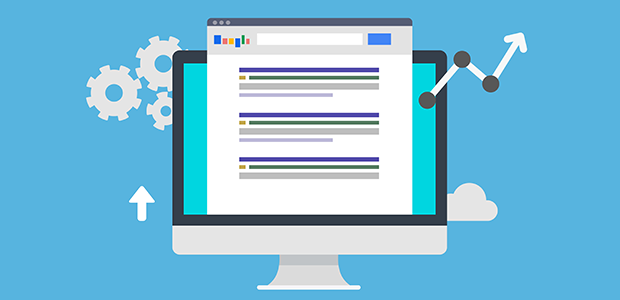
Google Analytics 4 update! Workarounds and tips
With Universal Analytics being completely replaced by Google Analytics 4 (GA4) on the 1st of July 2023, time is running out to make the transition before being thrown in the deep end. Many, like us, have made the switch to GA4 already and are noticing the various mini updates happening ahead of the deadline.
If you have already made the switch to GA4, then you may have noticed some changes to the reporting, with the removal of the Behaviours flow map being one of the big updates. Working in marketing, it’s always nice to see how people are finding you, and the behaviour flow map was perfect for that. Although not as aesthetically pleasing, the Life Cycle Acquisition section can help you find the source of your website visitors, and after all, access to the data is the important thing.
Life Cycle Acquisition
The Life Cycle Acquisition section of Google Analytics 4 will be able to show you how many users have come from referrals, socials, and through organic searches, and at first glance it can seem that the data is limited to the categories. However, with some added filters, it’s easy to be able to see which websites and social channels are bringing the highest volume of users to your website. In the User Acquisition section of Life Cycle Acquisitions, you can find a table breakdown of the broad categories of user sources, along with the breakdown of users, engagement rates, and conversions.
Adding a column filter to this table to filter in the Traffic source medium allows you to see a further category breakdown and see which websites are sending you the most traffic. If you’re only wanting to see the social channels or referral pages, you can simply use the search filter at the top of the table to find referral and social categories, giving you a nice breakdown of traffic sources to your website.
This table is now a nice resource for expanding the customer journey visibility, giving insight into the traffic sources for your website, and allowing you to see where the drop offs are along your customer acquisition cycle. This table also brings all of the social channel data in to one place so that it is easy to see which social media platforms are getting the most clicks, and how those customers behave when on your website.
User behaviour flow map
When it comes to tracking the customer journey through your website, a user behaviour report can still be created in a similar way to the behaviour flow map. The User Behaviour report is a great tool to see the customer behaviour flow through your website; from first visit through to form submission/checkout/video view - or whatever the end goal of the customer journey is for you.
In the Explore section of Google Analytics 4, there are a few ready made templates for viewing the customer behaviour journey, with the path exploration template being my personal favourite. Much like the life cycle acquisition table, at first glance it is a bit broad and just gives a general overview of customer behaviour, but again, this can be edited to give a more clear breakdown of the pages that users are viewing and what their next steps are.
Simply clicking on the Event name drop down for Step+1 will allow you to select the Page title and screen name so that you are able to see the pages that users most commonly start their journey on. To expand the flow path, simply click on the blue bar next to each page in order to see where your users are going after each page. This useful information can help to make decisions on how to optimise pages to get users through to the end goal of the customer journey.
Simple optimisations can be to include more CTAs, or to clarify your content to better direct users through to the end journey, making the whole process more seamless. All things that we here at OggaDoon have great experience in, with our digital deep dive that offers you an insight into the ways to best optimise your site for Google.

